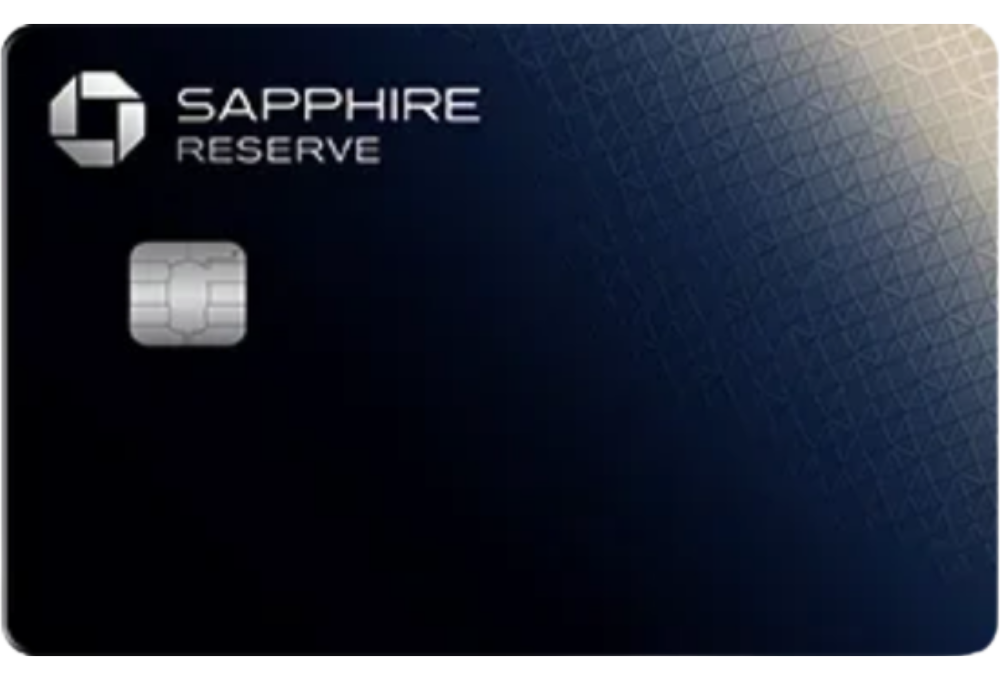A Welcome Offer Worth Getting Excited Over
The news is out!
With the launch of the redesigned Chase Sapphire Reserve®, Chase has re-entered the premium credit card arena with some serious revamps, including a 100,000 bonus points offer and a $500 Chase Travel℠ credit after spending $5,000 within the first three months of account opening. That’s 40,000 points more than its previous offer.
Along with the bonus, the card now delivers over $2,700 in annual value through enhanced travel, dining, and lifestyle perks. These include:
8x points on all Chase Travel℠ purchases, replacing 5x points on flights and 10x points on hotels and car rentals booked through Chase Travel℠
4x points on flights and hotels booked direct, replacing 3x points on all travel
$500 annual The Edit credit – Chase Travel’s℠ collection of over 1,100 hand-picked hotels and resorts
Complimentary IHG One Rewards Platinum Elite Status
$300 annual travel credit still the most flexible travel credit available
Up to $120 Global Entry, TSA Precheck or Nexus credit every four years
Access to the Chase Sapphire Lounge by The Club network of airport lounges and entry to over 1,300 lounges with Priority Pass Select and more than 20 select Air Canada Maple Leaf Lounges and Air Canada Cafés when traveling on a Star Alliance airline
A new $300 annual dining credit and primetime reservations at Sapphire Reserve Exclusive Tables, available for booking on OpenTable
3x points on all dining purchases worldwide
$250 annual value through complimentary subscriptions to Apple TV+ and Apple Music
$300 annual StubHub credit on concert and event tickets
$120 in annual Lyft in-app credits, up to $10 monthly, plus 5x total points on eligible Lyft rides
$300 annually in monthly DoorDash promos and complimentary DashPass membership worth $120 annually
10x points on eligible Peloton equipment and accessory purchases and up to $120 in annual statement credits toward Peloton memberships
I mean wow. That is a lot!
Keep reading for our take on the new card.
- Best for: Luxury Travel
Chase Sapphire Reserve®
100,000 bonus points
Offer Details:
Earn 100,000 bonus points + $500 Chase TravelSM promo credit after you spend $5,000 on purchases in the first 3 months from account opening.
Why we like it
This card just got a major re-vamp and you can now get more than $2,700 in annual value with Sapphire Reserve!
Reward details
8x points on Chase TravelSM
4x points on flights and hotels booked direct
3x points on dining
1x points on all other purchases
Pros & Cons
Pros
-
The points are worth up to 2 cents a piece when used directly on Chase’s Ultimate Rewards Portal, offering a simple but high-value use for your points.
-
Plenty of excellent transfer partners allow points to be maximized
-
Some excellent partnerships with Doordash and Lyft add to its value.
-
Priority Pass membership allows access to over 1,300+ airport lounges and restaurants.
Cons
-
It’s subject to Chase’s 5/24 rule. So if you’ve opened five cards in the last two years, you’re most likely not going to be accepted.
-
Chase has a once-per-lifetime rule for sign-up bonuses on their Sapphire cards, including the Sapphire Preferred, Sapphire Reserve, and Sapphire Reserve for Business. So, once you’ve earned a welcome bonus on any of these cards, you’ll never be eligible for the bonus again on the same card.
Terms Apply
What is the Cost?
As you have already seen, the new card packs a serious punch in terms of bonus and annual value, but it is going to cost you because the card now has a $795 annual fee. That price point is undeniably steep, especially for those used to the older rates. But when you break down what’s offered, and who these cards are really for, the value starts to not only make sense, but just maybe, surpass expectations.
The Pros: Annual Value Worth Over $2,700
Let’s start with the basics: Chase estimates over $2,700 in annual value from the personal Sapphire Reserve.
In theory, that alone would more than triple your return on the annual fee, BUT you only reap those rewards by using the benefits. For frequent travelers, diners, or business owners with recurring expenses, using those benefits to the max may not a hard to do. But for the average consumer? It may be a different story.
Both cards now offer 8x points on Chase Travel purchases, 4x on flights and hotels booked directly, and Points Boost, a new redemption feature allowing Sapphire Reserve cardmembers to redeem Ultimate Rewards points at a rate of up to 2x on rotating offers through Chase Travel℠.
Additional core benefits for the personal card include:
$500 annual credit for Chase’s hotel collection “The Edit”
$300 annual travel credit (still the most flexible of its kind)
$300 annual in dining credits at curated restaurants through OpenTable
$300 annual in StubHub credits for concerts and events
$250 annual in Apple TV+ and Apple Music subscriptions
$120 annual in DoorDash promos and complimentary DashPass
Comprehensive lounge access, including Chase Sapphire Lounges, Priority Pass, and select Air Canada lounges
Travel protections, including primary car rental insurance and trip cancellation
Also, the card unlocks further status and retail credits when certain spend thresholds are hit. If you spend $75,000 annually for consumers, you’ll receive Southwest A-List Status, IHG Diamond Elite, and $500 credits to The Shops at Chase, a curated e-commerce platform.
If you add all that together it’s not too shabby, but what are the cons?
The Cons
Of course, there are trade-offs. The $795 annual fee is among the highest on the market, and Chase also charges $195 for each authorized user. If you’re not regularly traveling, dining out, or using lifestyle services like StubHub or DoorDash, you won’t get the full value or even recoup your annual fee.
Another potential downside is the complexity. With so many rotating offers, partner benefits, and redemption multipliers, cardholders need to be proactive to fully leverage what’s available. This is not a set-it-and-forget-it kind of card. If you’re someone who doesn’t track categories or isn’t interested in chasing value, simpler cards may be better suited.
You also need to double and triple check that you qualify for the bonus offer. Previously, there was a 48-month lookback period, meaning you could earn a bonus again after four years. But now, once you’ve earned a welcome bonus on any of these cards, you’ll never be eligible for the bonus again on the same card. So, if you’ve received the bonus on a CSP or CSR in the past, you won’t be able to earn it again, even if you switch to another Sapphire product.
The Bottom Line
If you’re someone who travels regularly, enjoys premium service, and spends meaningfully in lifestyle categories like dining, entertainment, and tech, the new card or its business counterpart more than justifies its fees. The raw math adds up, but more importantly, the benefits are genuinely helpful, not just theoretical perks that look good on a brochure.


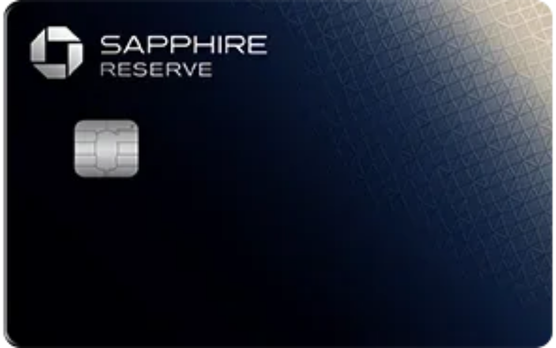
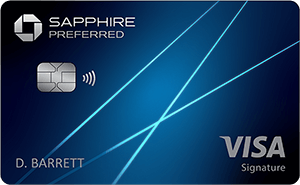
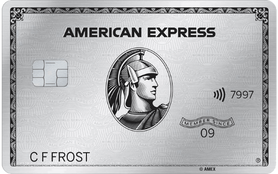
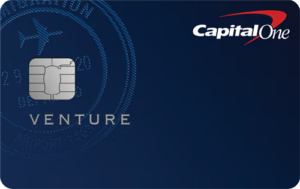
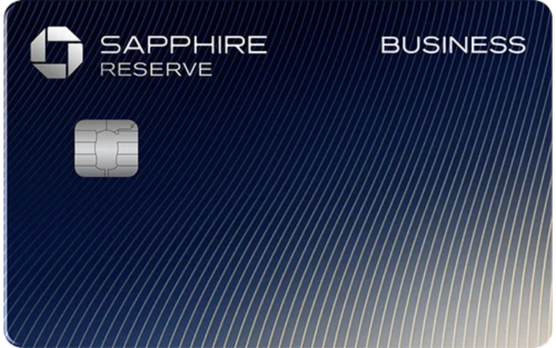
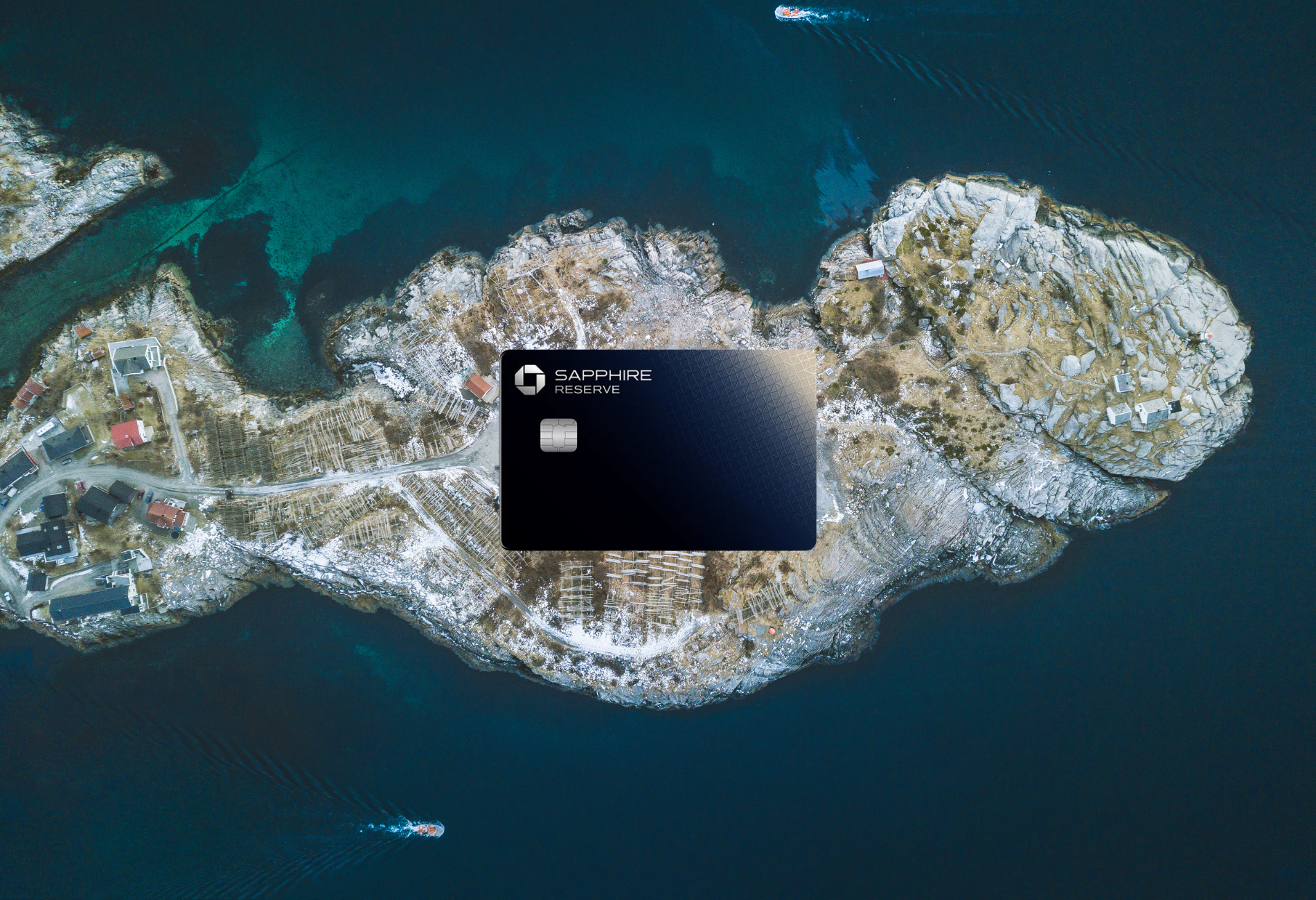
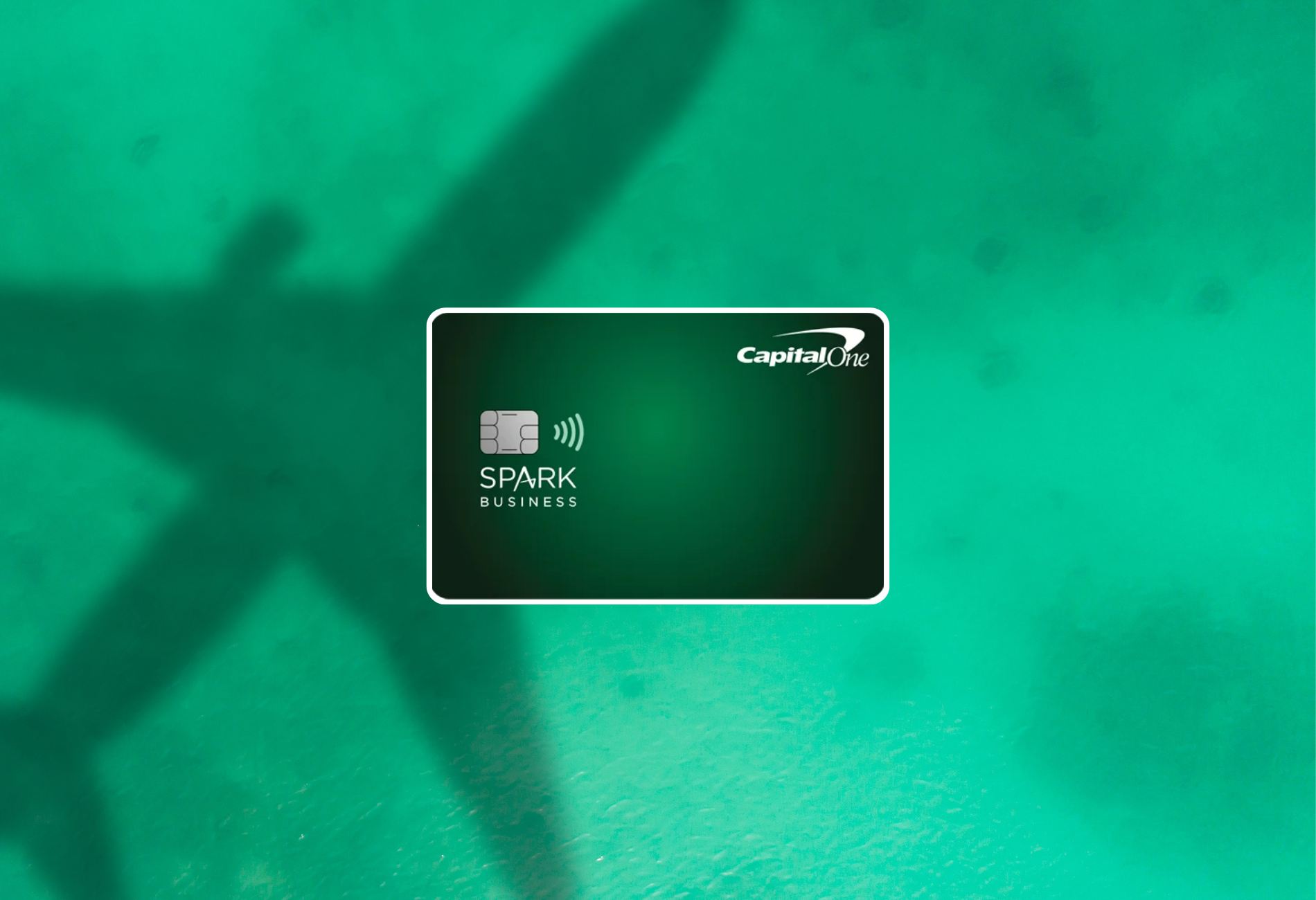

 by your friends at The Daily Navigator
by your friends at The Daily Navigator

